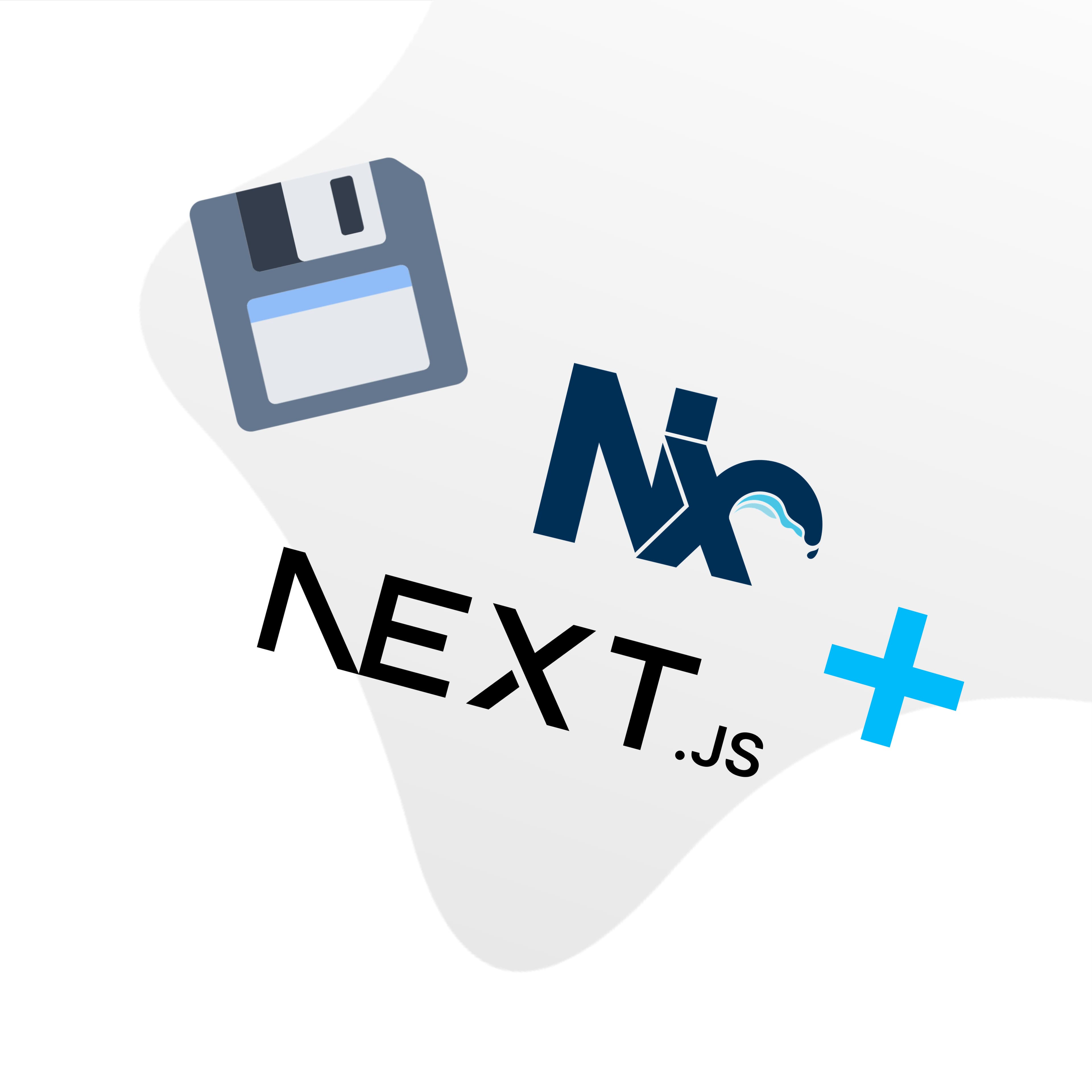
Caching and busting front-end task outputs
Introduction
Nx is a build system containing many tools and functions to help optimize the development process of front-end applications. One of the powerful features Nx offers is task caching - caching the outputs of tasks and reusing them when the same task is run again.
In this post, we'll try to figure out how to cache your application task outputs using the Nx build system.
How does caching works?
 A visualization of the difference between "inputs" and "outputs" in Nx build system
A visualization of the difference between "inputs" and "outputs" in Nx build system
The Nx caching mechanism is based on the idea of having a split between two main concepts:
- Inputs — the files, configurations, and environment variables that a task depends on. Inputs could include source code files, configuration files, and environment settings.
- Outputs — the artifacts produced by running a task. Outputs could be the generated static files, the
/publicdirectory, or other build artifacts.
Nx caches task outputs by creating a hash of the inputs. If the inputs did not change, Nx will skip the task execution and retrieve the existing cached output instead.
When you enable caching for your application using Nx, you can enjoy having:
-
Reduced build times — by reusing cached outputs, Nx can significantly cut down on build times, speeding up your development workflow.
-
Resource efficiency — by reducing redundant task executions, Nx can save computational resources and lower infrastructure costs of CI/CD pipelines.
-
Improved developer experience — by having faster builds, you experience less waiting and a more efficient development setup.
How to configure caching?
Let's use a simple example of building a Next.js application with caching enabled for build, lint, and test tasks.
👉 Create a workspace
First, you need to set up an Nx workspace by running:
$ npx create-nx-workspace@latest
👉 Enable caching of tasks
To enable caching, you need to specify the cacheableOperations in your nx.json configuration. Here’s a basic configuration:
// nx.json
{
"tasksRunnerOptions": {
"default": {
"runner": "@nrwl/workspace/tasks-runners/default",
"options": {
"cacheableOperations": ["build", "lint", "test"]
}
}
}
}
👉 Configure targets and outputs
For caching to work correctly in your application, you need to specify which tasks should have their outputs cached. For a Next.js project, you might cache build, lint, and test operations:
// package.json
{
"nx": {
"namedInputs": {
"default": ["{projectRoot}/**/*"]
},
"targets": {
"lint": {
"outputs": [],
"dependsOn": ["^build"]
},
"build": {
"outputs": ["{workspaceRoot}/public"],
"dependsOn": ["^build"]
},
"test": {
"outputs": [],
"dependsOn": ["build"]
}
}
}
}
👉 Done!
Once configured, running a command like nx build your-application will produce an output that will end up in the Nx cache storage. On the next run, Nx will use the latest cache if the inputs haven’t changed.
Invalidating the cache
 A visualisation of cache invalidation using the Nx build system
A visualisation of cache invalidation using the Nx build system
When dealing with cache, we also have to keep in mind cache invalidation. By default, Nx handles this by providing a default mechanism based on hashing the inputs. Cache invalidation is complicated and it might be tricky to ensure the cache reliably reflects the current state of your project:
- Configuration changes — if you changed any configurations (like
.babelrcornext.config.js), you need to make sure the cache is cleared correctly. - Dependency updates — if you update any dependencies in your project, this will most probably affect the output artifacts. Make sure you clear the cache if you make significant dependency updates.
- Environment changes — if your build uses environment variables, changes to them should invalidate the cache.
To manually clear the cache, you can run:
$ nx reset
What's next?
 A visualization of caching multiple application outputs in a monorepo using the Nx build system
A visualization of caching multiple application outputs in a monorepo using the Nx build system
Now that you have your basic caching set up using Nx, you might want to consider these enhancements:
- Enabling distributed caching — you can use Nx Cloud to share cache across different machines. This can help a lot with optimizing the CI/CD workflows.
- Adding a custom configuration — you can provide custom configurations and specify which tasks and files should be included or excluded from caching for more granular control.
- Searching for sneaky issues — you can use Nx Cloud’s analytics to monitor cache hits/misses to optimize further.
- Automating cache management — you can implement scripts to automate cache clearing based on specific triggers. This will help ensure your cache is always up to date.